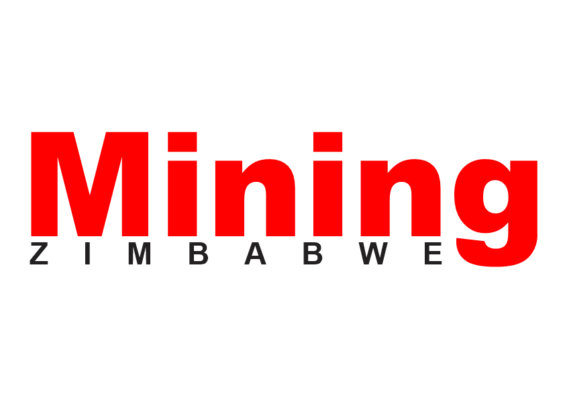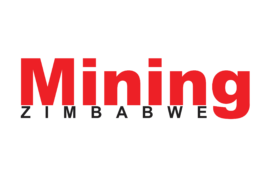The Ministry of Mines and Mining Development, in its quest to achieve the targets set under the National Development Strategy-1 (NDS1) and ultimately Vision 2030, has outlined several strategies aimed at elevating Zimbabwe’s mining sector to world-class standards.
By Rudairo Mapuranga
Zimbabwe is confident that, supported by NDS1, it will achieve an upper middle-income economy by 2030, with mining being a top priority. According to the Minister of Mines and Mining Development, Hon. Winston Chitando, the following strategies are key to realizing the mining sector’s outcomes:
1. Amendment of Mining Legislation
The Ministry is amending the Mines and Minerals Act, the Gold Trade Act, and the Precious Stones Trade Act. Following an adverse report from Parliament regarding the Mines and Minerals Bill in 2023, necessary adjustments have been made, and the Bill is now with the Office of the Attorney-General, awaiting gazetting. Further legislative reviews are planned for 2025.
2. Mineral Exploration and Development
The Ministry promotes exploration activities to discover new mineral deposits and expand the country’s mineral resource base through targeted geological surveys, private sector incentives, and a comprehensive geological database. These efforts have led to increased mineral production since 2018. The Mining Promotion Corporation is also being capacitated for exploration and development.
3. Computerised Mining Cadastre Information Management System
The pilot center for the Computerised Mining Cadastre Information Management System in Manicaland is at an advanced stage, with data being uploaded and cleaned in consultation with the contractor, preparing for rollout to all eight mining provinces.
4. Beneficiation and Value Addition
The Ministry is increasing local processing and beneficiation of minerals, implementing value addition policies such as banning the export of chrome ore, concentrates, and lithium ore (Ref: S.I. 213 of 2022, SI 123 of 2023, and SI 57 of 2023). The Gemmology Centre in Manicaland will serve as a training center for the value addition of precious stones and gemstones.
5. ‘Use It or Lose It’ Principle
To optimize mining production and encourage responsible resource management, the Ministry mandates that mining title holders must demonstrate progress and production or risk losing their titles. Provincial Mining Directors update the database on mining title utilization levels.
6. Enhancing Investment in the Mining Value Chain
Since 2018, the Ministry has facilitated new mines, expanded existing projects, and revived closed ones, including Eureka Gold Mine, Kamativi Lithium Mine, Dinson Iron and Steel Company (DISCO) mine, and Mucheso Coal Mine. This aims to make the mining sector a preferred destination for investors, contributing to economic growth, social development, and environmental sustainability.
7. Formulation of Minerals Development Policies
The Ministry is crafting the Minerals Development Policy, Artisanal Small-Scale Gold Mining (ASGM) Strategy, and the Value Addition and Beneficiation Strategy. Stakeholder consultations have been conducted in all provinces, and feedback is being incorporated into draft policies to improve mining sector governance.
8. Capacitation of Small-Scale Miners
The Ministry is establishing Gold Service Centers to offer technical services, milling services, and markets for gold produced by small-scale miners. The Mining Industry Loan Fund (MILF) provides financial assistance and equipment. Additionally, the Ministry conducts Safety, Health, and Environmental (SHE) awareness campaigns and offers technical services. The Zimbabwe School of Mines offers tailored courses for artisanal small-scale miners.
9. Enforcement of Responsible Mining
The Ministry’s Responsible Mining Initiative promotes sustainable and responsible practices. Last year, 422 mines were audited across all eight mining provinces. The second Responsible Mining Audit has been launched with the participation of twelve Ministries, Departments, and Agencies (MDAs).
10. Annual Review of Strategies
The Ministry will continue to review these strategies annually to ensure alignment with the goal of growing the mining industry. Despite challenges such as fluctuating global commodity prices, high operating costs, and a skills shortage, the sector is poised for significant growth, offering opportunities for innovation and sustainable development that can drive inclusive development and poverty alleviation.
.png)




